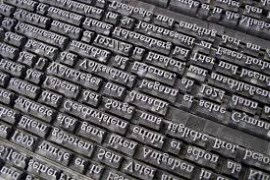Livre | Chapitre
Measurement observation
pp. 190-237
Résumé
Even though the basic stance of nineteenth-century physics, still founded in naive realism, interpreted all discovered laws of nature as the final way to describe reality in and of itself, it was Einstein's theory of relativity, and, most especially, quantum theory, which incorporated the observer into reality as registered by measurement. It was hoped that Laplace's demon, a creature supposedly able to calculate all initial conditions for the universe, would lead all of natural science back to mechanical processes, yet it proved to be an illusion. The new physics was no longer mechanical, but rather mathematical: the objects of its theory could no longer be represented according to the accustomed view of Newtonian mechanics. Both Austrians and Hungarians were significantly involved in the development of quantum theory, including Wolfgang Pauli, Victor F. Weisskopf, and naturally, Erwin Schrodinger, whom Alexander ZartI views from a less familiar side.
Détails de la publication
Publié dans:
Weibel Peter (2005) Beyond art: a third culture: a comparative study in cultures art and science in 20th century Austria and Hungary. Dordrecht, Springer.
Pages: 190-237
Citation complète:
Rédei Miklós, Schrödinger Erwin, Atmanspacher Harald, Thirring Walter, Zeilinger Anton, Weibel Peter, Wigner Eugene P., Svozil Karl, 2005, Measurement observation. In P. Weibel Beyond art: a third culture (190-237). Dordrecht, Springer.










